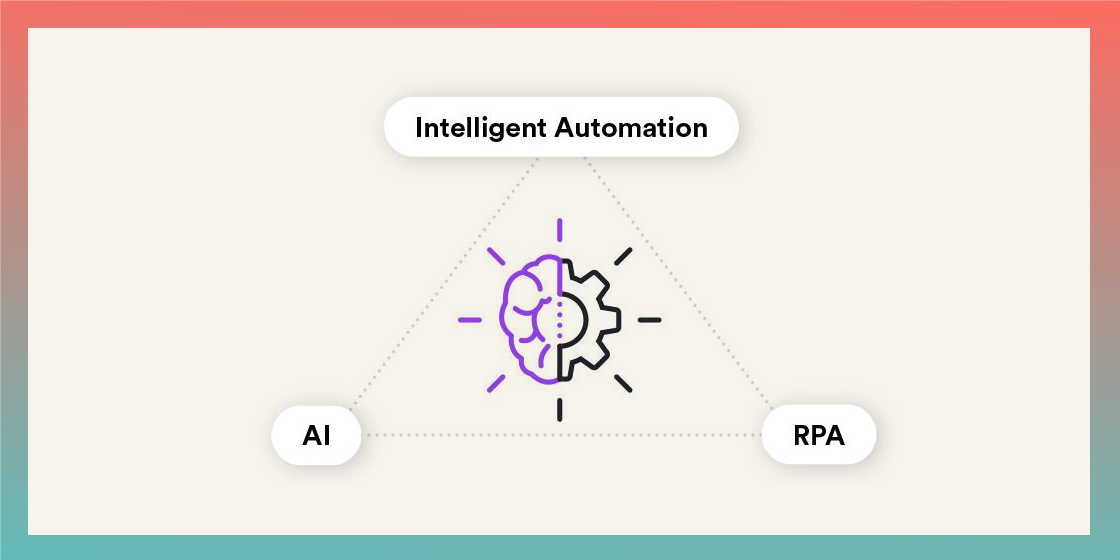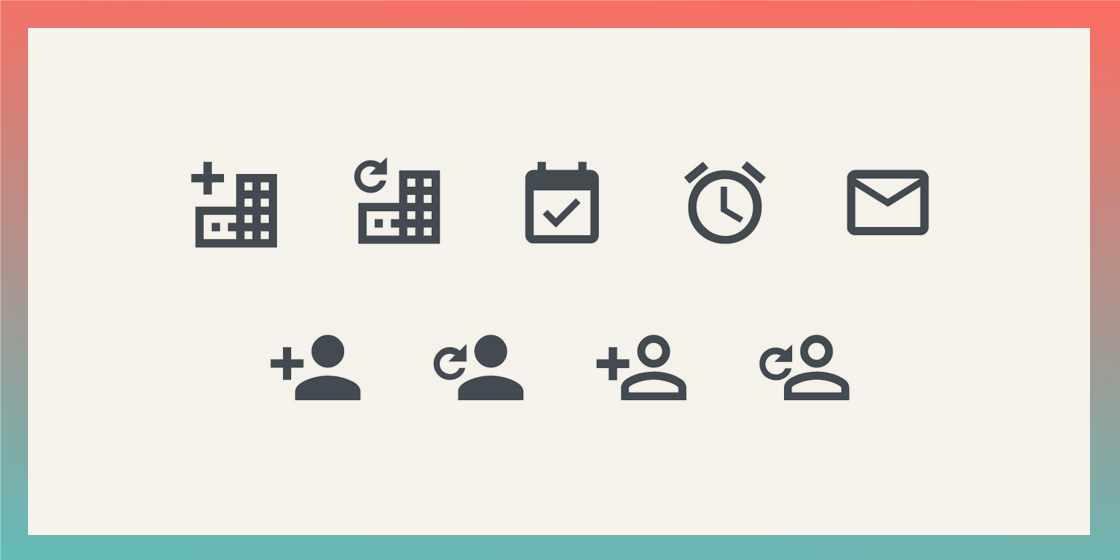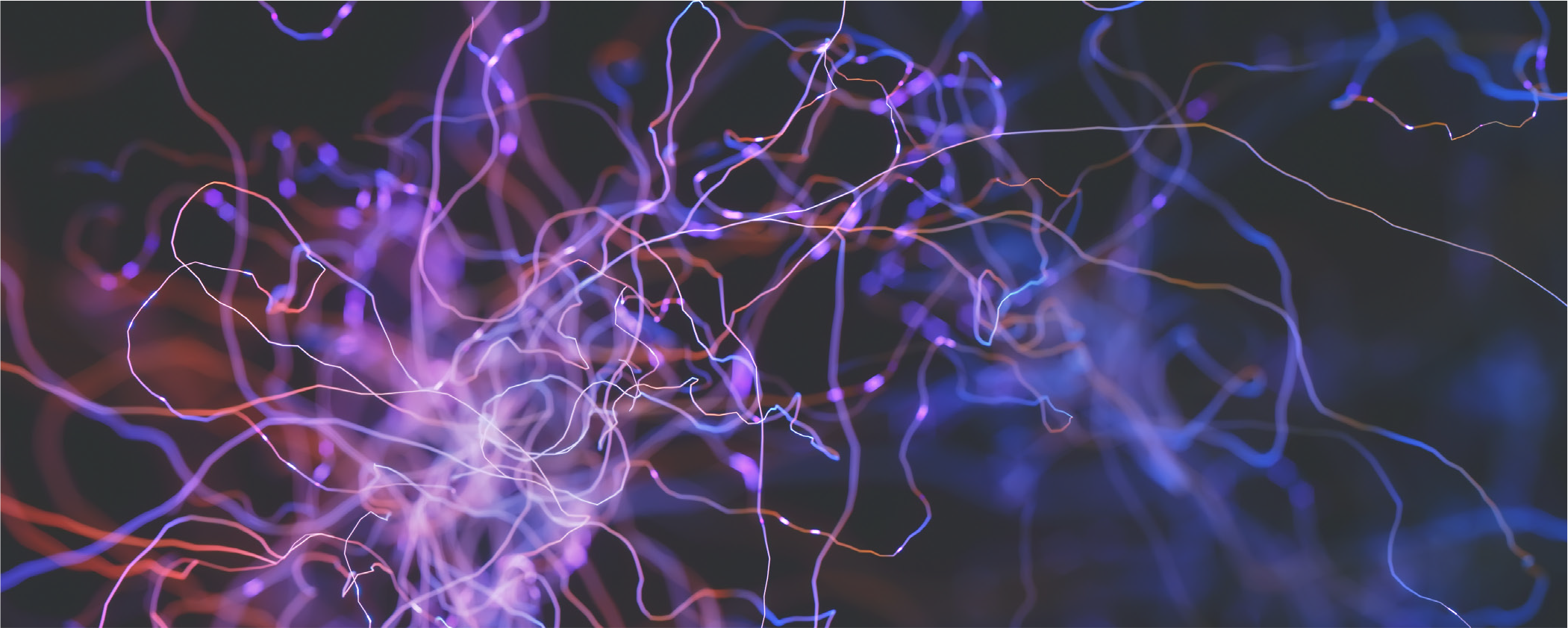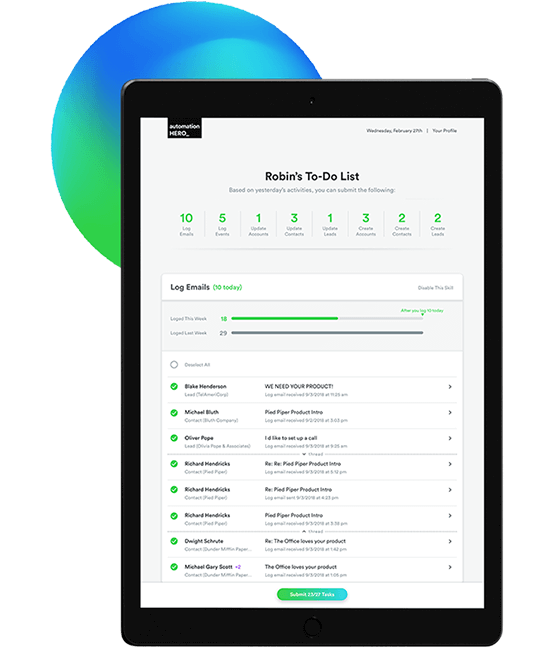Automation Hero Brings Big Brains to Robot Rote
Automation Hero is a process automation tool which removes repetitive sales tasks so reps can focus on the more human activities, like working with customers.
The platform works by recording a set of actions or tasks on desktop or web that can then be replayed at a later date. Automation Hero boasts their intelligent process automation is useful for any department, particularly for a sales organization where there are high ROIs on automating repetitive sales tasks.
Acronym soup
The platform combines AI and RPA to offer IPA. Maybe we should sort out some of that acronym alphabet soup.

Most are familiar with Artificial intelligence (AI), computers which don’t merely follow step-by-step instructions but use context and algorithmic rules to find and suggest optimal solutions.
Robotic process automation (RPA) is how you teach a computer to do something by letting it watch you do it. As opposed to teaching it by programming code, RPA “memorizes” your actions on a site or platform—what you type or click—so it can repeat them on its own in the background while you go on with other work.
This brings us to IPA, not to be confused with the hoppy ale, but rather ‘intelligent process automation’, which is, in a way, the combination of the mimicry of RPA with the machine-learning of AI. As worldwide management consulting mammoth McKinsey pithily puts it:
“IPA mimics activities carried out by humans and, over time, learns to do them even better.”


Automation Hero’s Go’s and Flow’s
Automation Hero has several AI-powered tools to free up a sales team from such droning tasks as data entry, form filling, scheduling, follow-up emailing, and other basic CRM tasks.
Hero_Go
This is probably Automation Hero’s flagship feature. It specializes in extracting data from one source and bringing it onto another, for example, copying profile data from social media into a CRM.
Say your company sells data cloud-storage services. You want to create a contact card in your Zoho or Hubspot for every one you find on Facebook or Twitter who has recently linked to an article about cloud-storage service vulnerability, so your sales team can contact them with an offer for cloud storage.
You open up Hero_Go as a Chrome extension and hit ‘record,’ after which all your tasks will be logged and ready to be repeated. Next, you search for the articles on social media sites and a bunch of profiles come up.
Now, when viewing one of these profiles, you can right-click over a field (say the profile’s name) and select ‘extract data.’ This tells Hero_Go that this particular data is a “name,” so Hero_Go knows where “names” are found on that profile page. You can repeat this process with other fields like “location” or “email.”
Then, you open up your CRM and create a new contact, which will open a page with blank name fields. By right-clicking and selecting ‘input from field’, you can now match the “name” extracted from the social media profile with the blank “name” field on the CRM profile page.
It’s like teaching Hero_Go: “Here is where you find a name on this page (extracting from source), and here is where you need to put that same name on this other page (inputting to target).”
Once you’ve done all of this, you hit ‘stop record’ on the Hero_Go Chrome extension, and then save and name the recording, for example, “Cloud storage prospects.”
Next time you hit ‘play’ on the recording, Hero_Go repeats the process in the background at something like 60 iterations per minute, and you can keep working on other things. Next thing you know, your CRM has had a population explosion with potential customers!

Flow and AI Studios
The next two tools may seem a bit more complicated at a glance. However, the truth is, much like Hero_Go, the feature’s main strengths are achieving complicated ends by much simpler means. This is the result of the IPA which lowers the barrier to efficiently make use of automation for normal people who have no idea how to write code.
Flow Studio allows you to create automated end-to-end testing scenarios, which is a way to simulate a user’s journey through a set of tasks or events.
Normally, this requires byzantine strings of code, but keeping it in line with Automation Hero’s mandate, Flow Studio lets code-illiterates create these e2e automations with basic point-and-click mouse actions. There are over 300 functions and over 50 point and click connectors as part of this feature, which also uses “click robots” to extract ever-more data from external websites.
AI Studios helps you build deep-learning models, and like Flow Studio, it does this with point-and-clicking actions rather than coding.
The tool is based on TensorFlow, which is an open-source library of AI tools that sorts through data to create classifications, extract patterns and make predictions, among other things.
True to form, AI Studios uses natural language processing (NLP), which doesn’t just translate one term for another, but understands context by learning the many methods humans use to express the same intention.
Share that flow
Any recorded automation in Hero_Go, end-to-end automation in Flow Studio, and deep-learning model in AI Studio can be submitted by its creator to a manager for feedback and approval.
Approved automations and models can then be shared throughout an organization. So after that one sales rep creates an automation to find folks on social media who have shared an article about the vulnerabilities of cloud storage, another sales rep can use that same recorded automation to create more contacts of people who have shared an article about the benefits of cold storage.

Robin
This is a personalized AI assistant. Robin is a feature that sends the user a daily email, listing all the day’s tasks like a to-do list, and shows which of these tasks could be automated.

Robin won’t perform any task without initial approval of the user. However, if you want, you can train Robin to remember which tasks you want it to handle, and then it will always be taken care of in your computing background while you get on to the more human-centered work.
The intelligent division of labor
There are many kinds of work, some better suited for humans, others for robots. In fact, “rabota” (работа) is the Russian word for drudge work, and only in the 1920 Czech Sci-Fi play of Karel Čapek did the idea of robots as humanoid automatons working in the service of homo sapiens enter the Western imagination. And this but three years after the first recorded use of the word “superhero.”
That the modern sales rep wastes at least 66% of their time on such robotic tasks known as organizational drag could be said to be a problem of super-villainous proportions—one costing the US economy upwards $3 trillion a year.
The superpower solution is not a caped crusader, nor a metal slave, but rather the intelligent assistance of Automation Hero.




